Spring has sprung at Devil's Lake State Park, and with it comes a charming little…
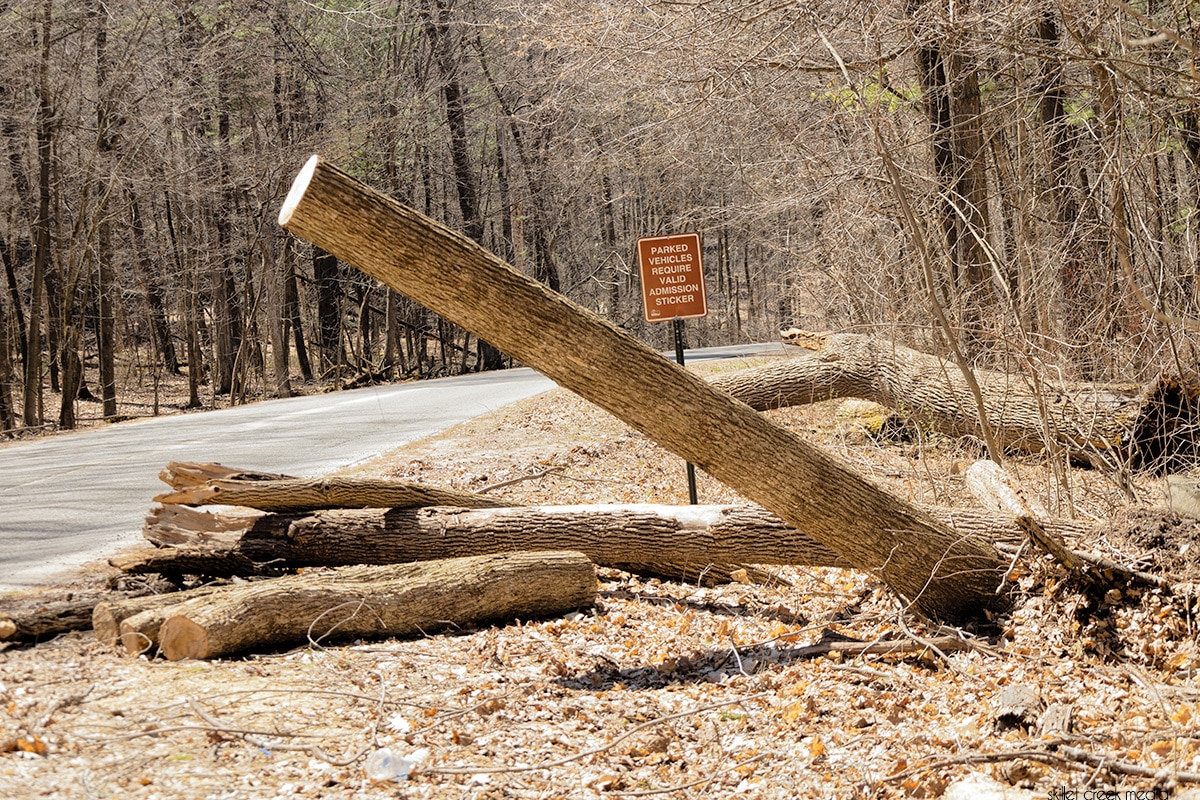
As we hike and drive through the forests of Devil’s Lake State Park, we’re surrounded by the majesty of towering trees, many of which are now struggling to survive. In many locations, we’re also surrounded by dead wood piled up along trails and roadways. What’s going on? Well, it’s complicated. First, we need to understand why so many trees are dying, then we need to ask why their remains are piling up, often blocking trails and distracting from the beauty of Wisconsin’s most popular state park. Let’s take a look…
A BIT OF HISTORY
It’s important to note that much of southern Wisconsin, including the Baraboo Hills, was not covered by trees or forests in the way that they are now. Before European settlers arrived, the land was predominantly covered by prairie, wetlands, savanna, and oak openings. (Even going back to the turn of the century, old postcards will show you that the park had much fewer trees on the bluffs than we see today.) However, as settlers began to clear the land for agriculture and stopped the fires that had burned freely in the past, the forests began to grow and expand. Over time, the trees became a dominant feature of the landscape. Read more about the historical landscape.
CAUSES OF TREE DECLINE
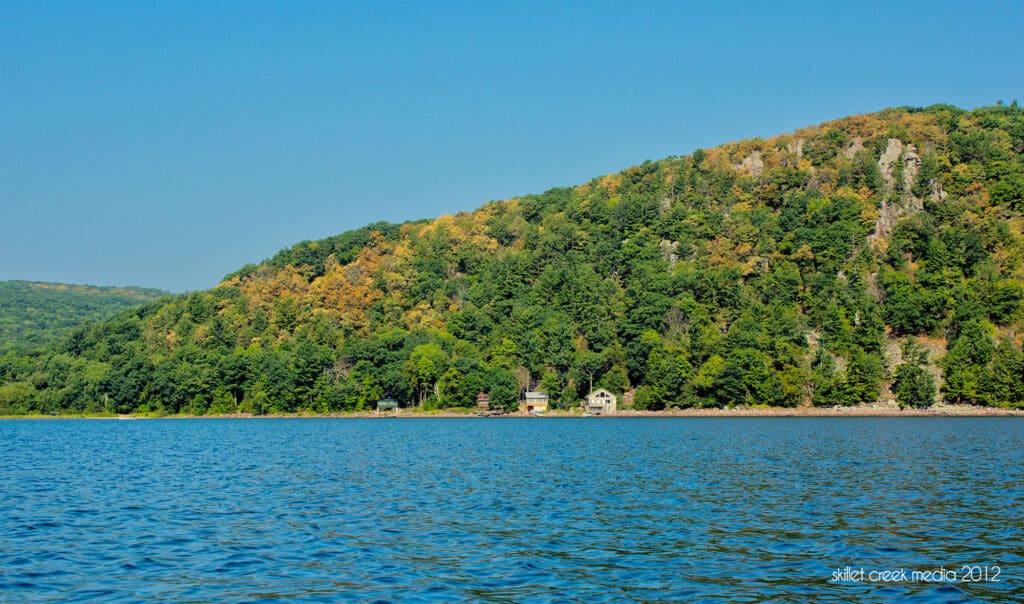
Climate change is probably the underlying root cause of the decline in forests today. Wisconsin’s changing weather patterns of drought and flooding are taking a significant toll on the trees in multiple ways. Major flooding going back to 1993 & 2008 was followed in 2012 by a severe drought. (Photo above.) Floods returned, and this pattern has continued, with the year 2021 experiencing more drought after a period of wetness.
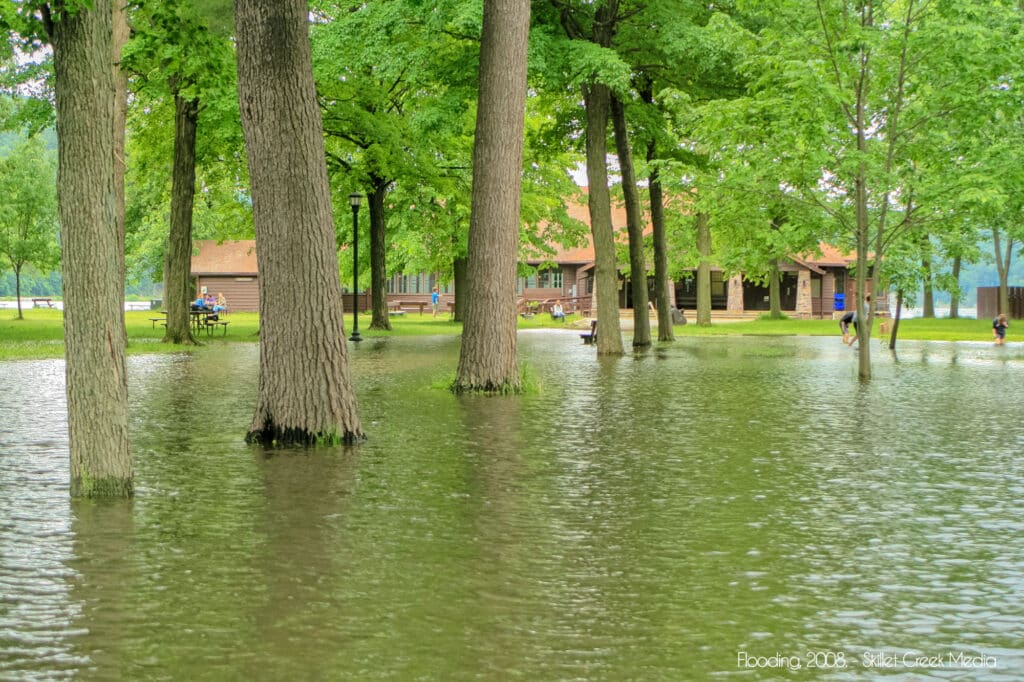
These alternating extreme weather conditions have caused the death of a lot of trees. Many that survived, are still not doing well. The stress on the trees has weakened them, making them more susceptible to disease and insect infestation, such as the Spongy Moth and Emerald Ash Borer, which are now causing even more trees to fall.
TREE MIGRATION
Climate change is also creating the circumstances that allow for a phenomenon known as “tree migration.” (Sometimes known as “succession”.) As temperatures rise, tree species that are native to more southern regions are no longer confined to their southern habitats and are beginning to spread northward into Wisconsin. At the same time, the trees that are native to the state are being forced to migrate northward in search of cooler temperatures. However, this migration does not involve the physical movement of trees, but rather the natural process of trees dying and being replaced over time. This natural process can cause a shift in the types of trees that are found in our forests and could have long-term consequences for the ecosystems that depend on them.
ADVANCING INVASIVES
Invasive plants like honeysuckle also pose a threat to our forests by competing with young trees for resources such as sunlight, water, and nutrients. These plants can grow quickly and densely, creating a canopy that shades out the young trees below, making it difficult for them to thrive. In addition, invasive plants such as garlic mustard can alter the soil chemistry, making it more difficult for native tree species to grow. It’s important to identify and remove these invasive plants to give our young trees a fighting chance to grow and contribute to the health and biodiversity of our forests.
INCLUDING INVASIVE CRITTERS
Protecting our forests also means being vigilant about the spread of invasive species like the Emerald Ash Borer. This destructive insect has killed millions of ash trees in the state and poses a serious threat to the health of our forests. We can help by monitoring our trees for signs of infestation, following guidelines for transporting firewood and supporting efforts to control the spread of the Emerald Ash Borer.
SOLUTIONS TO PROTECT OUR FORESTS
But all is not lost. We can work to replace the fallen trees with native trees that are more suitable for the changing climate. In addition, we can take steps to protect and preserve our forests. For example, we can reduce our carbon footprint by driving less and using renewable energy sources. We can also plant more trees and support reforestation efforts in our communities.
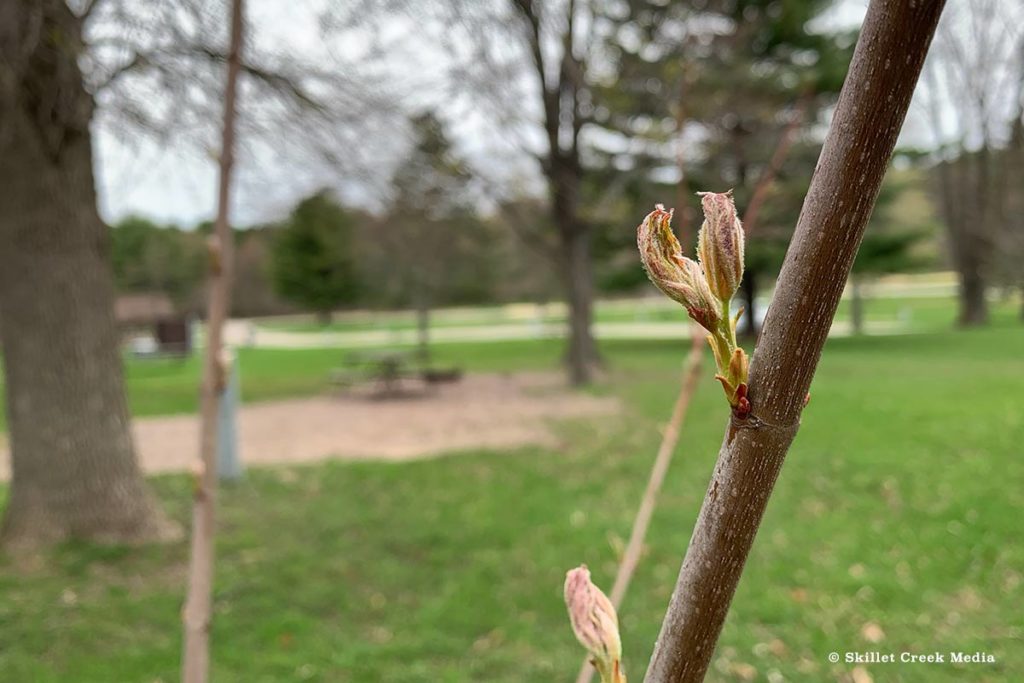
THE VALUE OF TREES AND FORESTS
As we work to protect our forests, it’s important to remember the many benefits they provide. Trees are not only beautiful, but they also play a critical role in our ecosystem. They filter our air and water, provide habitat for wildlife, and offer recreational opportunities for hikers and nature lovers.
THE UPSIDE OF DOWNED WOOD
Downed wood or dead wood, as it is sometimes called, isn’t always a bad thing, it actually provides many benefits to nature. It serves as a habitat for insects and other small animals, which in turn may become food for larger animals. Downed wood also acts as a sponge, soaking up moisture and slowly releasing it back into the environment. This moisture helps nourish the soil and promotes the growth of new plants. So when it comes to trees falling in the woods, not only can’t we hear it, but we don’t want to clean it up anyway. It’s good for the woods!
On the other hand, when it’s stacking up along roadsides and hiking trails that’s another issue entirely.
THE DOWNSIDE OF DOWNED WOOD
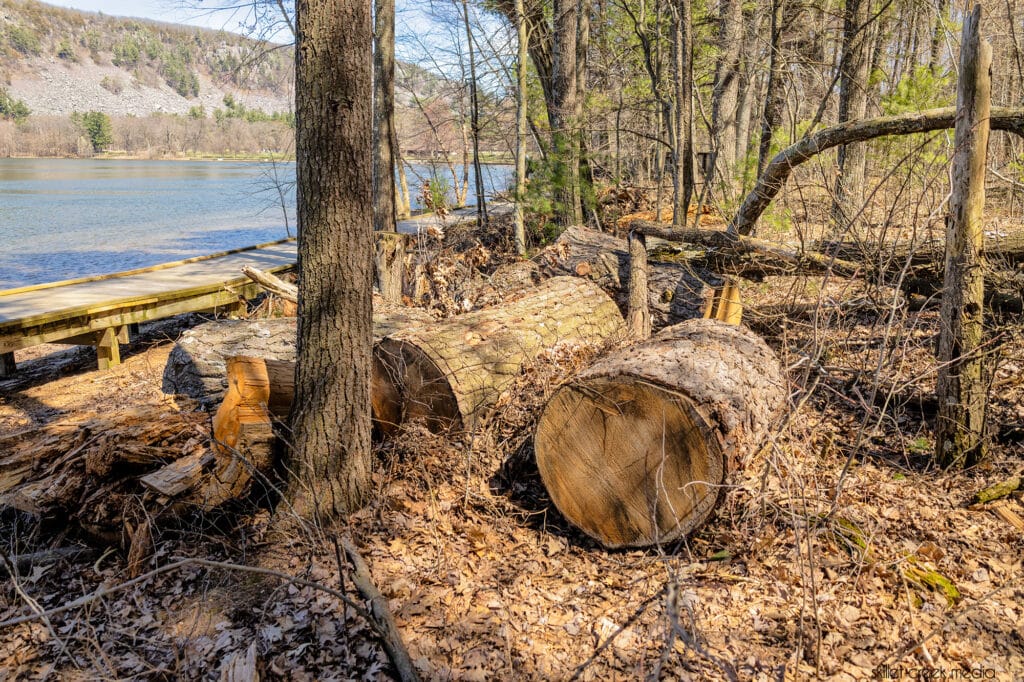
What really causes people to wonder what’s going on with the trees at Devil’s Lake State Park is the sheer number of trees that seem to be piled up everywhere, along roads and on trailside. It’s not attractive, that’s for sure! Of course, clean-up falls into the issues of staffing, volunteers, and priorities. And personally, we do think that cleaning up these messy sections should be a priority in our “star” state park. (But that’s just our opinion.) It’s certainly hard to talk about multi-million dollar new buildings if we can’t maintain the park, the trails, and other infrastructure today.
**These are discussions we will all have to take part in when the public is invited to comment on Master Planning for the park coming up soon!
IN THE END
The bottom line is that the decline of our forests is a cause for concern, and there are steps we can take to protect and preserve them. By planting native trees, reducing our carbon footprint, and being vigilant about the spread of invasive species, we can ensure that our forests continue to thrive for generations to come. And with a bit of effort, I bet we could clear up all that dead wood along the roads and trails as well!
** Thank you to Michael Hillstrom, Forest Health Specialist at the Wisconsin DNR for helping me navigate all the issues at hand with our trees!

For nearly 2 decades the Skillet Creek blog has focused on 3 main goals; To inspire you to visit and explore the Devil’s Lake region, to help you get the most your visit by sharing tips, events, and other helpful information. Lastly to advocate for our environment & wildlife and talk about how we can keep our natural areas amazing now and into the future! That last goal can sometimes cause controversy, but it’s the only way we can accomplish the first two. – Derrick Mayoleth, Owner.
This Post Has 2 Comments
Comments are closed.

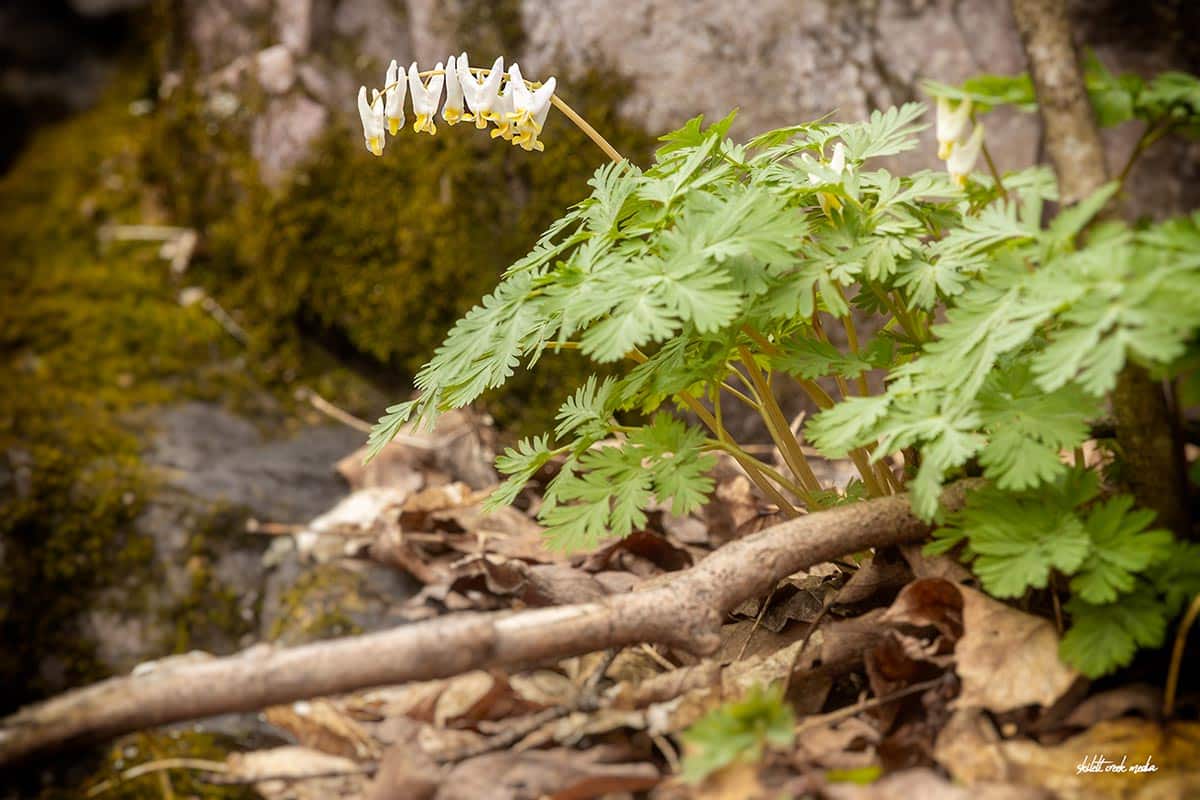
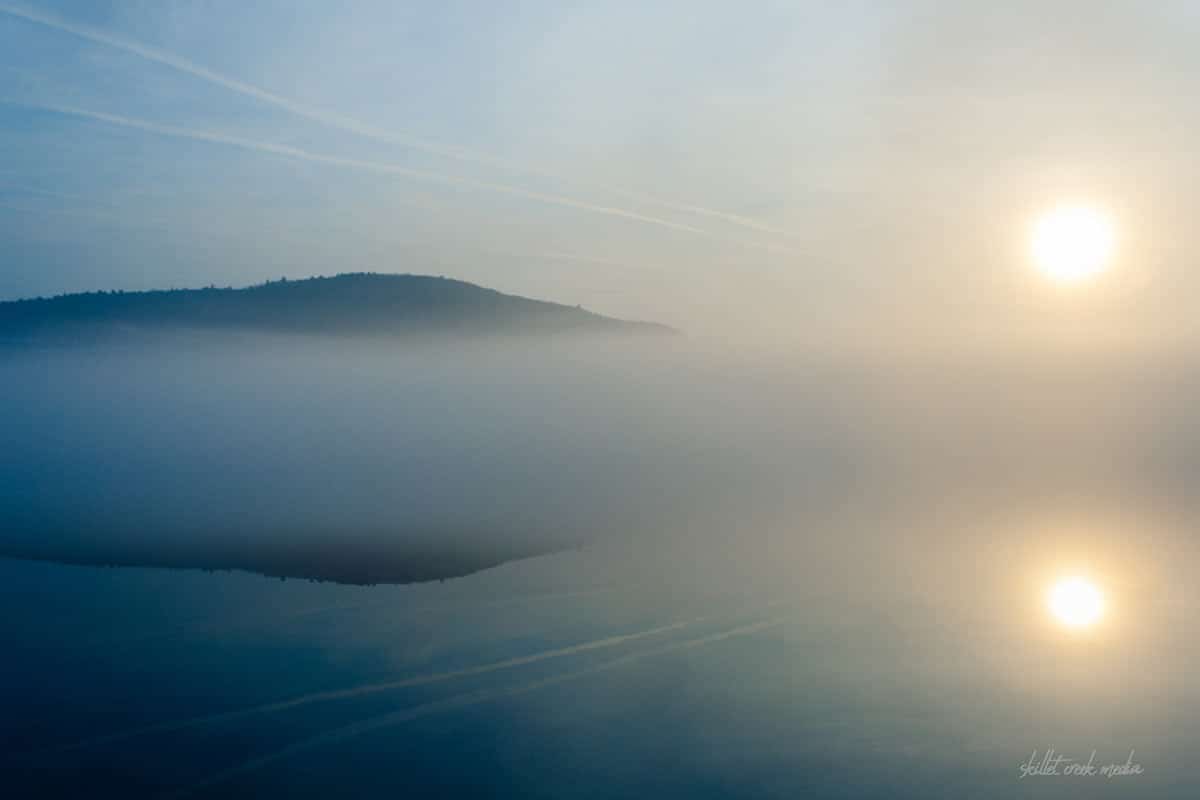
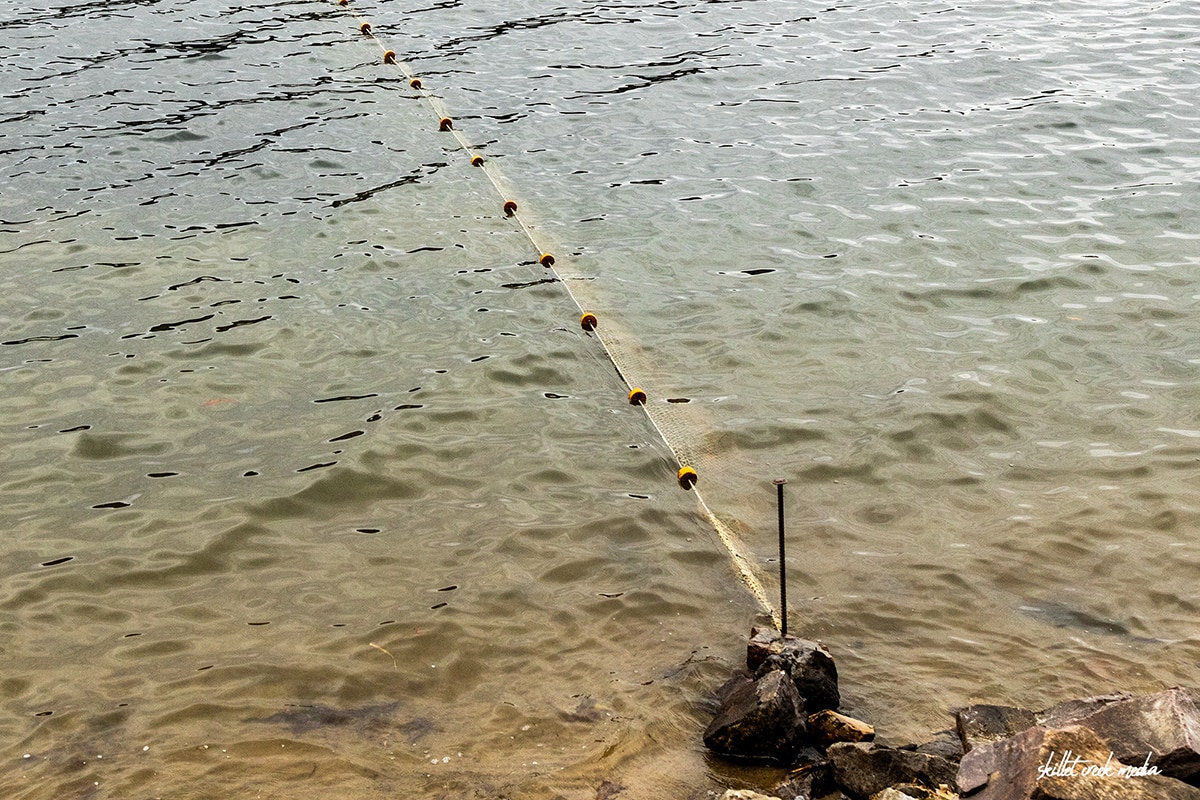
Very, very well written. AMEN, Brother. “Ya gotta fix the leaky roof before you install new carpeting”
Exactly. :). Thanks!